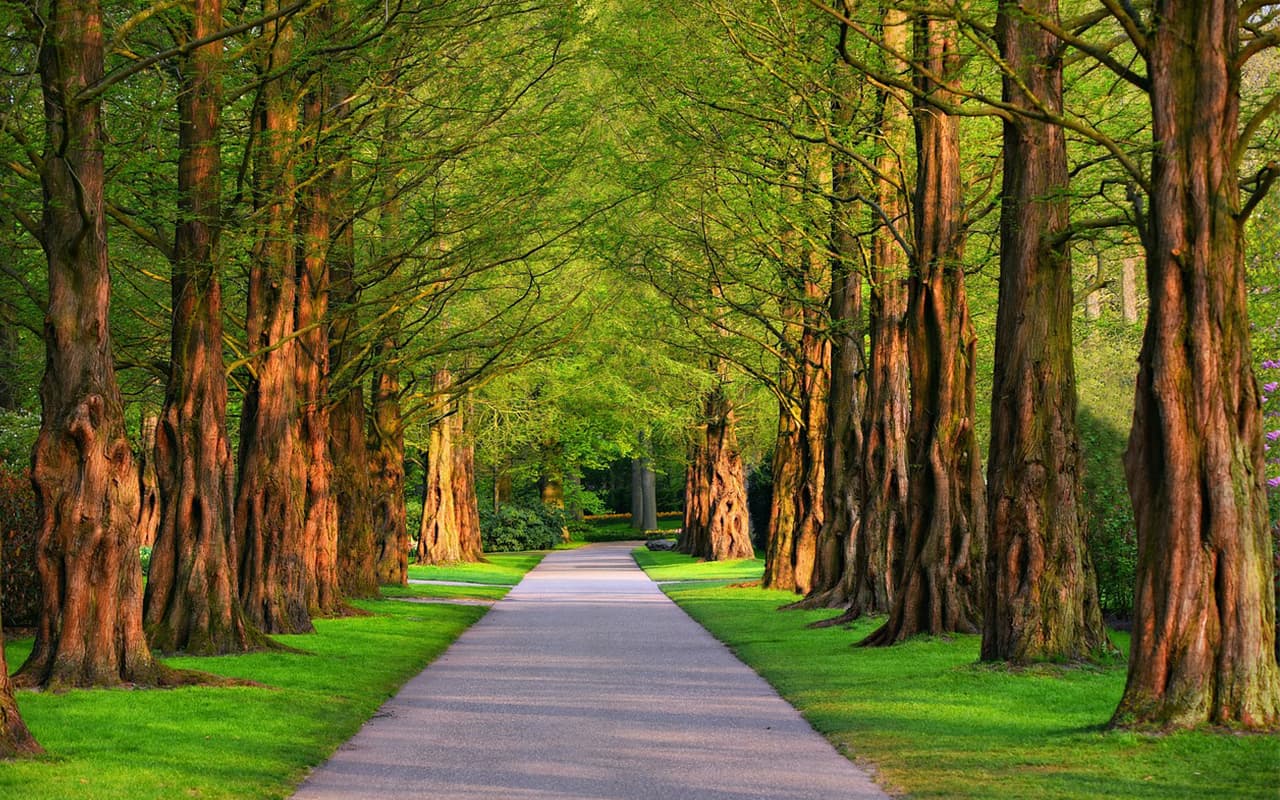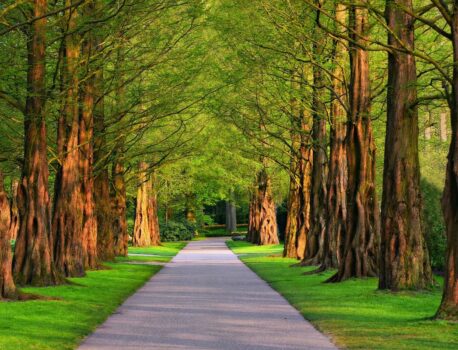Before it was called a park, Patterson Park played an important role in the War of 1812, serving as an area where American troops stood at the ready during the decisive Battle of North Point near “Hempstead Hill,” a ledge in the park where the pagoda is located. In 1827, Patterson Park began as a park with six acres of land donated by William Patterson, a wealthy merchant who hoped to create a “public avenue,” thus becoming the oldest park in Baltimore and the city’s first gift of land for public recreation. In 1860, the park was expanded to serve as an army hospital (Camp Patterson Park, 1862) and a camp for Union soldiers during the Civil War (Camp Washburn).
After the war, additional expansions took place in 1873, 1883, 1907, and 1913 (expansions based on the Olmsted Brothers’ recommendation), resulting in the 55-acre park known today. In the 19th century, Patterson Park was characterized by a romantic landscape with curving paths that move through a pastoral setting of trees, fountains, pavilions, a mansion, two lakes, and other examples of park architecture. The Pagoda (1891), now a symbol of East Baltimore, was designed by Charles H. Latrobe and reflects Baltimoreans’ fascination with the Orient as well as William Patterson’s connection to the silk trade in Canton, China.
Many of the other architectural elements in the park were designed by Latrobe and Frederick, including the Casino (at the time, the word meant a building for recreation). Throughout the 20th century, a variety of active and organized athletics gained increased priority, contributing greatly to how visitors experience the park today. The Olmsted brothers developed a reconstruction of the eastern part of the park, adapting it for active recreation, and some forms of their design still exist today.
Today, Patterson Park is frequented by local schools and churches because of its athletic fields, and is home to one of two ice rinks available in the city. Two important architectural features of the park were the boathouse (1864, now gone) and the pagoda (1891). The other architecture in the park reflected a number of styles, including Italianate Villa, Neo-Gothic, Exotic Revival, and Romanesque Revival, which were designed to create an “eclectic” scene of imagery that would free visitors from the stresses of city life.
Patterson remains most important in that it is Baltimore’s most heavily used large park and remains an outstanding example of 19th century park design. The site is surrounded by large blocks of row houses that rely solely on this park for open space.

